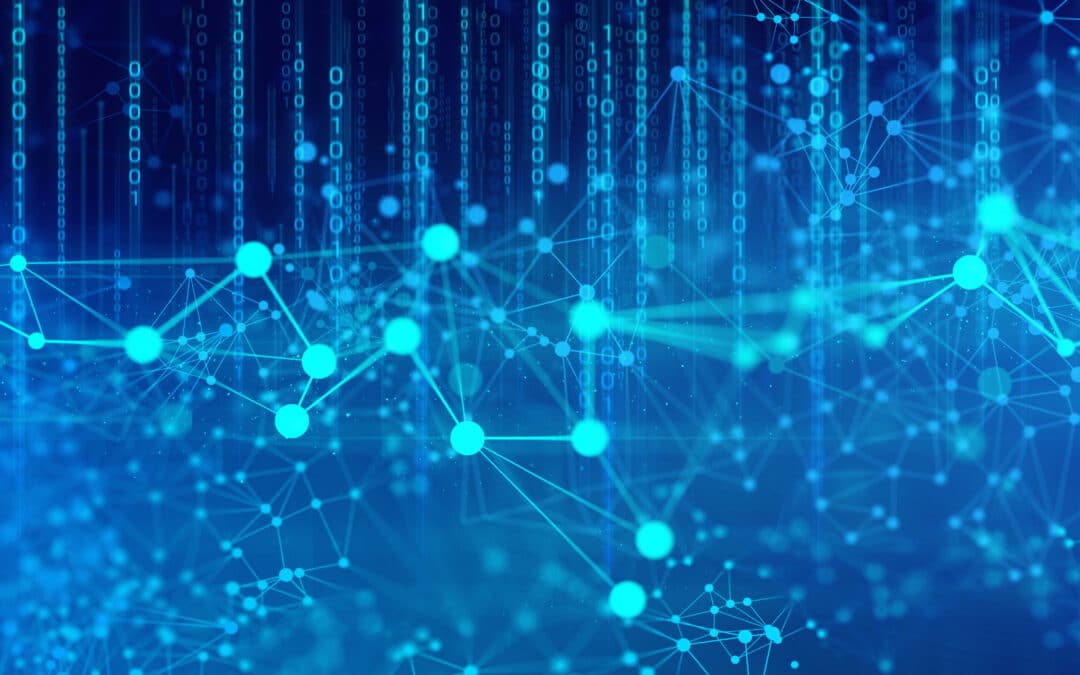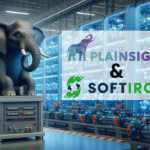Though it remains a daily topic of conversation and an evolving concern for enterprises, artificial intelligence (AI) has actually been around for a longer than you might think, with numerous ecosystems and subcategories being spun out from AI over the past several decades.
On the whole, AI has to do with developing technology capable of learning. Different types of AI leverage unique training methods for distinct types of data. Computer vision, for example, involves creating models that make use of visual data to perform tasks related to processes like detection, tracking, and counting. As you dig deeper into the technologies that fall under the larger AI umbrella, however, you’ll find one especially interesting concept at the center: Deep learning.
In this blog, we’ll unpack what deep learning entails, how deep learning feeds into and supports machine learning (ML) and other AI concepts, and most importantly what it means in the context of Vision AI.
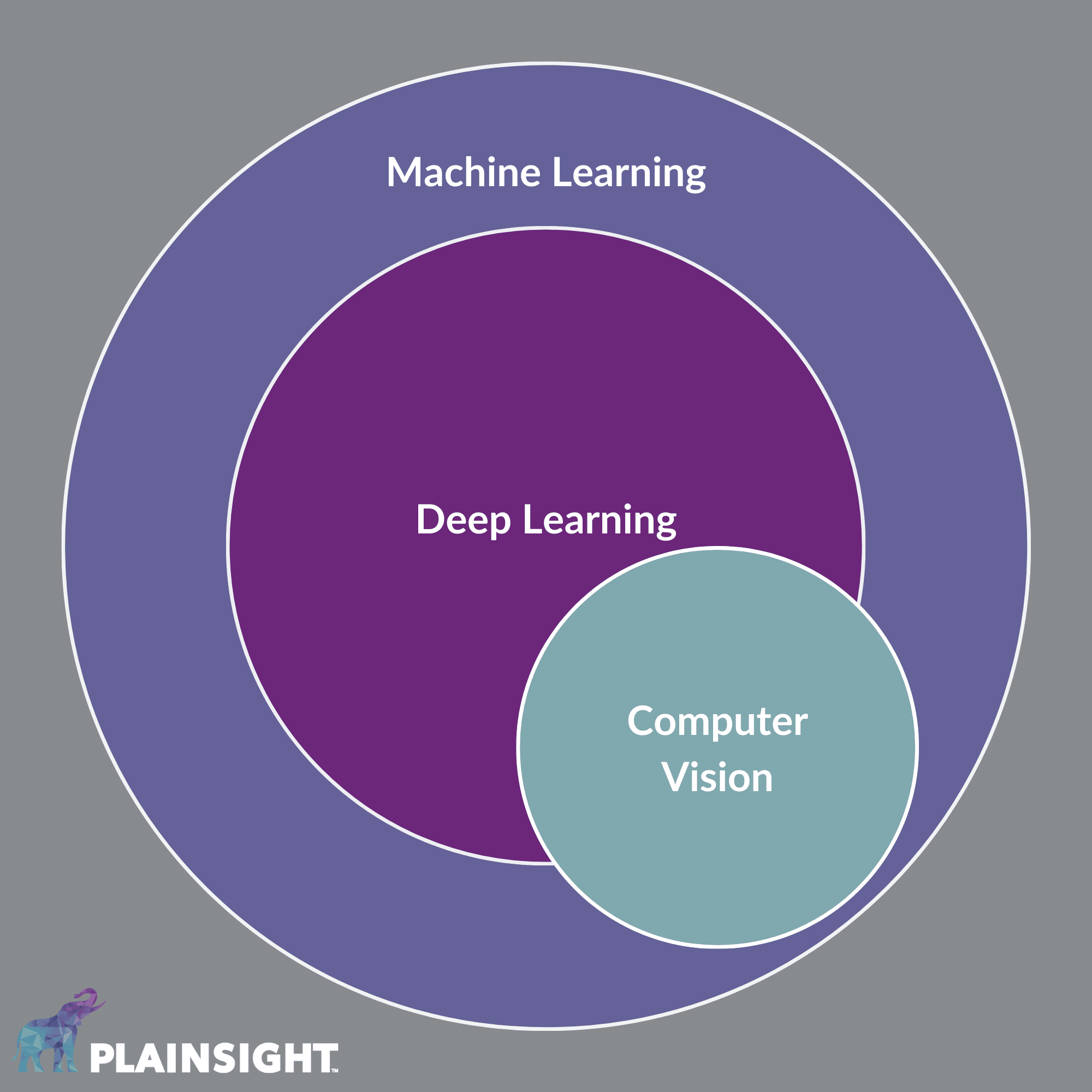
AI and Machine Learning
Deep learning sits within the machine learning subset of AI technologies. Machine learning systems are designed to educate themselves and adapt with or without human intervention. ML systems attempt to learn the same way humans do, through trial and error. Targeted ads, recommended products, and predictive search terms are all the result of successful machine learning.
Deep learning is a particular type of machine learning that makes use of artificial neural networks, which are algorithms designed to mimic the human brain. It is particularly useful for data scientists and engineers who need to contend with huge quantities of data.
Deep learning has emerged as a popular technique fairly recently and differentiates itself from traditional machine learning approaches both in terms of the type of data it uses and the methods it employs to learn. As its name implies, deep learning is capable of doing more and generating “deeper” insights than traditional machine learning approaches.
How Does Deep Learning Work?
Deep learning models are composed of numerous layers—hence the use of the word deep—of nodes, which learn to generate insights from input data. Each layer builds upon the efforts of the previous layer, optimizing the model’s ability to make predictions or categorizations.
This process is called forward propagation. A separate process, backpropagation, calculates errors and moves backwards through the model’s layers to make adjustments and train the model. Together, the two processes enable deep learning neural networks to gradually grow more accurate.
Neural Networks
Deep learning models differentiate themselves from other, “shallower” machine learning approaches thanks to neural networks mimicking the structure and function of the human brain. Some of the different types of neural networks include:
- Convolutional Neural Networks (CNN): Particularly relevant to Plainsight’s team and customers, CNNs are a popular choice for computer vision tasks like classifying images and detecting objects. These make use of “feed-forward” networks, composed of filters and pooling layers.
- Recurrent Neural Networks (RNN): Commonly leveraged for text recognition tasks, RNNs train themselves using sequential information. They rely on recurring networks where information is continuously fed back into the network and reassessed.
Benefits of Deep Learning
Why leverage deep learning over other machine learning approaches?
- Automatic feature generation: Deep learning algorithms learn from their own errors, automating the extraction of valuable insights and the creation of features to improve the algorithm’s performance.
- Unsupervised, unstructured learning: Part of what sets deep learning apart from other approaches to machine learning is its ability to make use of unstructured data – even without supervision.
- Scalability and analytical powers: Deep learning’s impressive powers come with a potential drawback, however, in the form of hefty requirements. All that computational power can take a toll on an enterprise’s budget and even have an adverse environmental impact.
Deep Learning Use Cases
Here is just a small sample of how deep learning is applied for both everyday and world-changing uses.
- Speech Recognition: Among the most familiar deep learning models are those responsible for recognizing vocal prompts. Virtual assistants like Amazon’s Alexa wouldn’t exist without speech recognition models.
- Image Recognition: From combating forest fires to assessing medical imagery, models for assessing images and recognizing objects or anomalies have a range of applications.
- Customer Service: Online chatbots are ubiquitous across a range of industries, guiding customers through replacements and returns, offering tutorials for new platforms, and more.
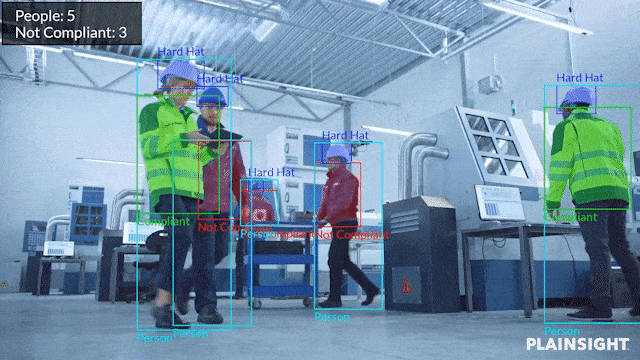
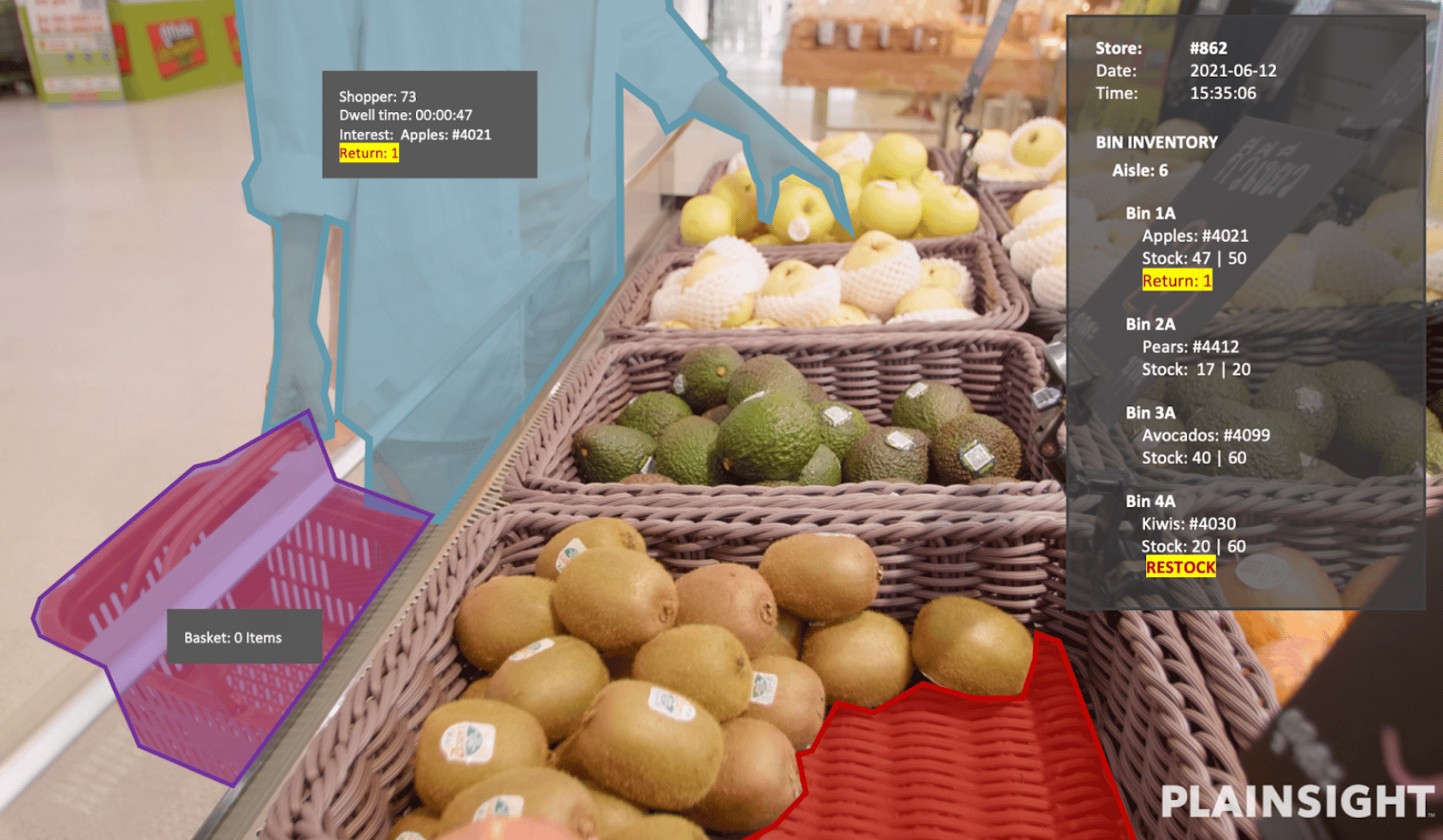
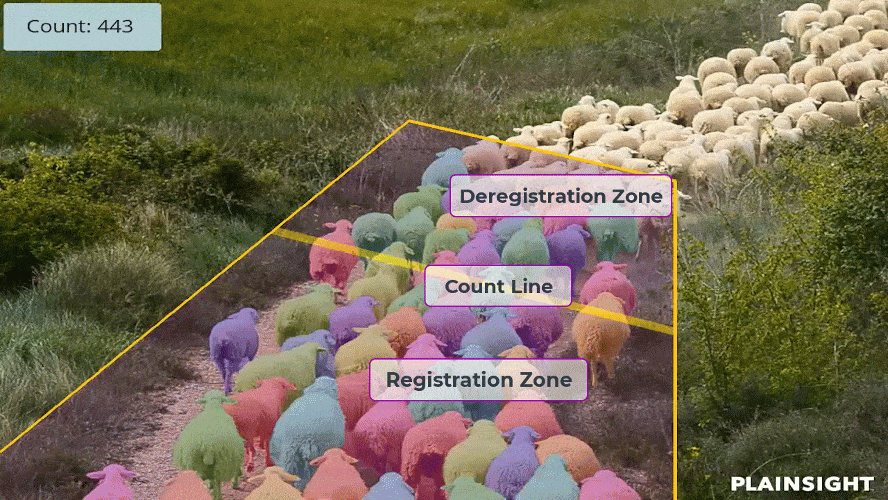
Deep Learning and Computer Vision
Many of deep learning’s most compelling use cases are explicitly related to computer vision. Here are just a few of the ways a combination of these two types of artificial intelligence can empower organizations to generate insights from their visual data.
Precision Agriculture
With computer vision models trained through deep learning, farmers and agribusinesses can take a more strategic, effective approach to livestock and crop management while potentially reducing their manual workload.
Workplace Health and Safety
Manual enforcement of policies related to workplace conduct and personal protective equipment can only go so far. Added support in the form of object detection and pose estimation models can keep your workforce safer while avoiding costly delays and shutdowns.
Product and Packaging Assessment
Trained to recognize properly designed products and packaging, specialized deep learning models can automate alerts related to defects and damage to enable a proactive response.
Generate Deep Insights from Your Visual Data
When enterprises partner with Plainsight, they leverage image and video data analytics to optimize their operations, improve their products, and better serve customers. Schedule time to speak with our computer vision, ML and deep learning experts to learn more.

